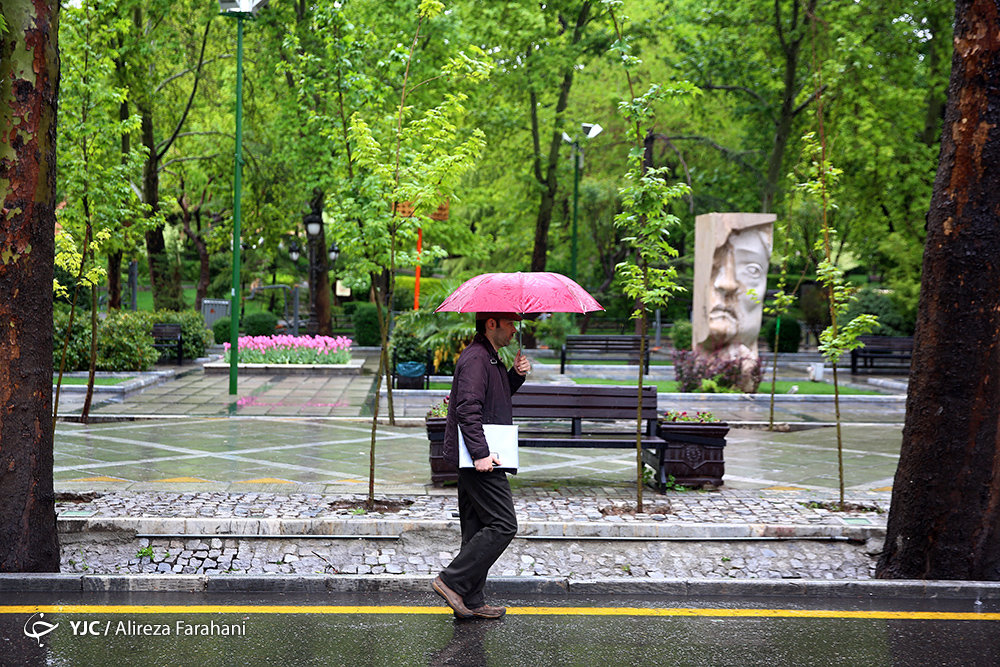‘Recent rainfall fluctuations indicate rapid climate change’

TEHRAN – The country’s precipitation and temperature rate is anticipated to meet normal and above normal averages during the next three months (February 20-May 21), while getting above normal averages might be worrisome due to climate change instant growth, head of the climatological research institute affiliated to Iran’s Meteorological Organization (IMO) has said.
The three months’ period starts from the last month of the current Iranian calendar year to the first two months of the next [Iranian calendar] year (beginning on March 21).
“The country will receive above normal rainfall compared to the long-term means during the aforesaid period, especially in the northern and eastern provinces,” ISNA quoted Iman Babaeian as saying on Sunday citing IMO’s recent weather forecast.
During this month, rainfall raises in the northern part of the country, while southwestern parts are expected to receive below-average rainfall, he highlighted.
He also stated that compared to the long-term mean, the country is predicted to experience normal temperature over the aforementioned period.
Elsewhere in his remarks Babaeian noted that since the beginning of the current crop year (starting on September 23, 2018), Iran has received 166.6 millimeters rainfall while the long-term averages are 130.8 millimeters which indicates a 27.3-perecnt drop in mean precipitation nationwide.
Over the same period last year, the average precipitation level of the country has been recorded nearly 59.9 millimeter, which also shows 178.1 percent increase compared to the corresponding period this year, he stated.
Despite the country's rising rainfall, most of the provinces in southern and south-eastern Iran have faced 20-85 percent drop in mean precipitation since last month, he lamented adding, such condition indicates climate change rapid growth.
“So, proper planning is essential to mitigate the consequences of climate change across the country,” he highlighted.
He further explained that severe rainfall fluctuations over the past months have caused some southern and southeastern provinces, including Sistan-Baluchestan, Fars, South Khorasan, Yazd and Hormozgan, to receive one third of the total rainfall [must be received during a crop year] in less than a month.
“This situation is characterized by the prevailing climate change challenging the country’s future, which not only does not supply subsurface water resources, but can also lead to casualties and damages to the infrastructure of the country through floods,” Babaeian concluded.
This is while, rainfall extremes during spring and autumn this year slowly questioned the conception that Iran is experiencing a long-term drought and some of the experts announced that wet spell will embrace the country for 20 years.
Moreover, Mohammad Darvish, faculty member of the Research Institute of Forests and Rangelands in January said that statistics show that Iran’s weather patterns are changing toward entering a period of consecutive rainy days.
FB/MG
